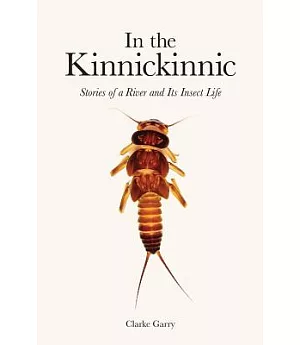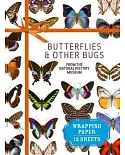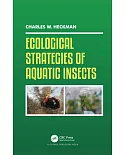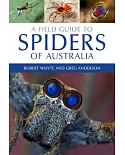This is a story of biological exploration in the cold clear water of western Wisconsin’s Kinnickinnic River. The unique nature of the stream—its high quality water, its insect and crustacean
inhabitants, and its health and preservation—are major themes running through the thirty-two essays that comprise the book. Using narrative accounts the author depicts his experiences while
studying the insect and crustacean life of this exceptional river. He shares the joys and rewards of finding representative organisms throughout the stream while sampling its diverse
habitats.The stories characterize the "invisibility" associated with most of the river’s invertebrate residents. While some insects—notably mayflies, caddisflies, and midges—become apparent
briefly during emergence, they lead the other 99% of their lives underwater. Some inhabitants, such as scuds and aquatic sowbugs, spend their entire existence beneath the water surface. Hidden
from everyday view, this array of organisms carries out important ecological roles, including interactions which promote a stable aquatic ecosystem. The reader will learn that much goes on that
we do not readily see, that a complex food web connects these creatures with other stream residents, as well as with each other, and that certain insects can inform us—by their very
presence—about the health of their aquatic environment.The collection is divided into four parts. Part I provides background on the history and natural attributes of the river. It describes how
an aquatic insect survey was conceived and carried out to document prevalent river residents in time and space. In this section, too, is discussion of river invertebrate diversity and how we
classify and name these animals. Essays making up Part II describe the lives of the stream’s common macroinvertebrate residents, among them a selection of mayflies, stoneflies, caddisflies,
beetles, true flies, and crustaceans. Part III focuses on river insect ecology, aspects of living in current, feeding adaptations, and river health. Supporting materials are gathered into Part
IV with the Glossary, Notes, Bibliography, Tables, and Organizations.Through these essays the reader can gain an understanding of the unique aquatic setting that came into existence as a result
of historic geological events. Rock and water are commonly referenced through the stories, including the critical groundwater that is the lifeblood of this stream. Past, present, and future
thermal issues and their impacts on cold-adapted organisms are presented from the perspective of a coldwater resource situated in both urban and rural environments. By focusing on a single
river and its living things the reader is given the opportunity to understand how a valued resource has been restored over recent decades, and can be continued in a healthy state into the
future with vigilant attention and effective action.







